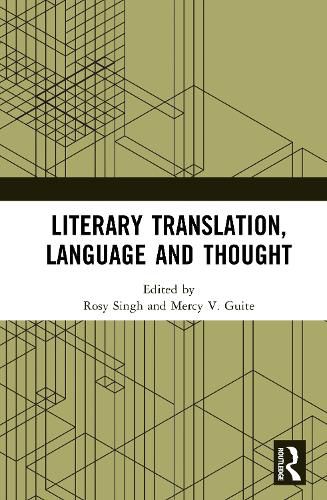Readings Newsletter
Become a Readings Member to make your shopping experience even easier.
Sign in or sign up for free!
You’re not far away from qualifying for FREE standard shipping within Australia
You’ve qualified for FREE standard shipping within Australia
The cart is loading…






This book looks at the intersection where languages "meet", where literary studies connect with other domains of knowledge such as translation, modern linguistics, philosophy of language, the teaching of languages, and cultural studies. Authors speak of their experiences in literary translation and discuss texts translated from and into languages such as ancient Hebrew and Greek, German, English, French, Polish, Punjabi, Paite, Urdu, and Hindi. They address questions such asthe following: Is it enough for a translator to be fluent in two languages? Should translators not also know how to read a literary text with its stylistic, cultural, formal, and existential nuances? How far can translators go with their creative ideas and where do they draw a line? Do the hierarchies of languages impact translations?
The volume will be indispensable for scholars and researchers of translation studies, literature, philosophy, German Studies, Francophone Studies, and English Studies. It will also appeal to general readers interested in literary translation.
$9.00 standard shipping within Australia
FREE standard shipping within Australia for orders over $100.00
Express & International shipping calculated at checkout
This book looks at the intersection where languages "meet", where literary studies connect with other domains of knowledge such as translation, modern linguistics, philosophy of language, the teaching of languages, and cultural studies. Authors speak of their experiences in literary translation and discuss texts translated from and into languages such as ancient Hebrew and Greek, German, English, French, Polish, Punjabi, Paite, Urdu, and Hindi. They address questions such asthe following: Is it enough for a translator to be fluent in two languages? Should translators not also know how to read a literary text with its stylistic, cultural, formal, and existential nuances? How far can translators go with their creative ideas and where do they draw a line? Do the hierarchies of languages impact translations?
The volume will be indispensable for scholars and researchers of translation studies, literature, philosophy, German Studies, Francophone Studies, and English Studies. It will also appeal to general readers interested in literary translation.